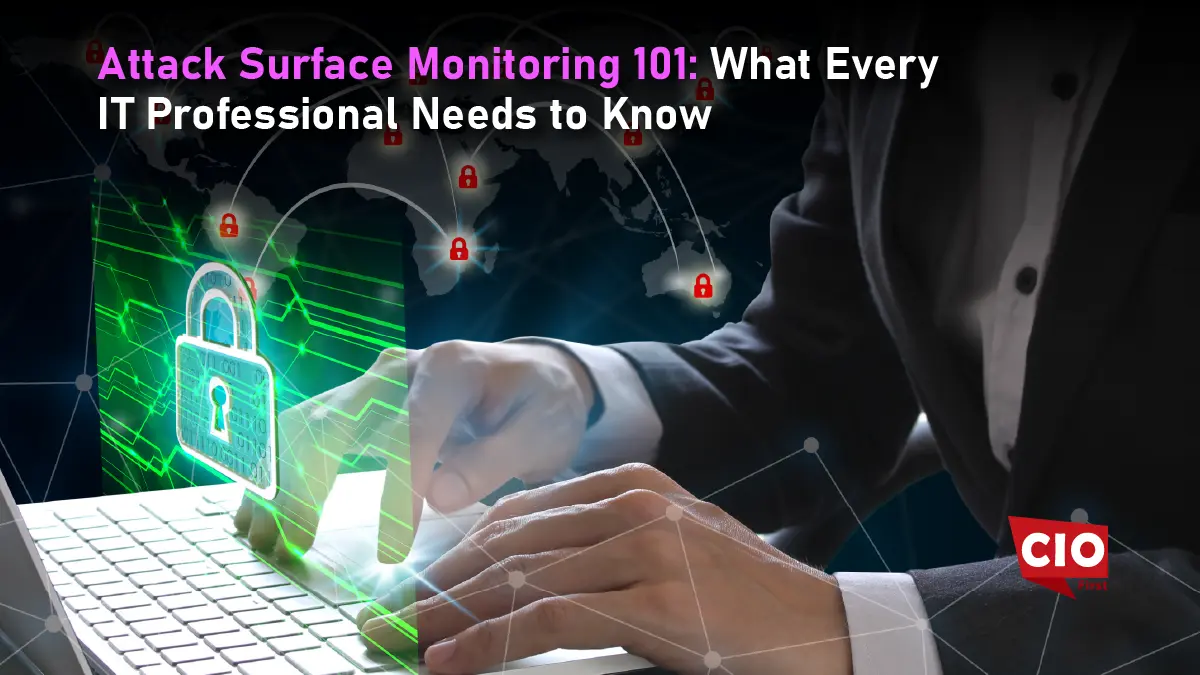Leveraging technology, Enterprises Content Management (ECM) serves organizations with an infrastructure defining the associated processes of content creation, enrichment, management, and delivery to both internal and external stakeholders.
With the right tools for managing enterprise content, companies can greatly enhance team collaboration, protect an organization’s data, and play a significant role in their digital transition. Cost, security, and storage issues may come up as firms prepare their enterprise content management strategy. If these risks are properly planned for, projects have a greater chance of success.
Long-lasting solutions selection meeting the future business needs
Many organizations repeat the mistake of leveraging the solutions that, while aligning perfectly with the current business requirements, don’t work in future growth. Executives need to clearly articulate the business goals, and choose systems that can align with them.
Choosing the right scope
In the ECM process classified documents are imported from other platforms, using automated processes. The error that the business makes is not defining the project scope, using only the hypothesis made by the technology team which may not match the assumptions with others. While adopting Enterprises Content Management, all enterprise teams are required to coordinate well on it. Otherwise, even at the starting point, while starting with the workflows, significant issues may arise if there is disagreement over the extent of their use.
Getting buy-in from end users
One of the biggest barriers for any organization to buy-in is a communication gap between the employees and the managers. As employees are unaware of what is going on and why changes are being made, they experience fear of the unknown and cling tightly to the processes which are familiar to them. Therefore, keeping transparency especially when it comes to the execution of any new strategy is crucial in contributing to business growth. This change management could be a key to a successful deployment of ECM.
Accurate assessment of the existing workflows before creating new
Companies can anticipate that their automated processes will replicate their manual ones. In reality, current methods of operation are merely a starting point. Sometimes even the documentation for these procedures is inadequate, or numerous staff finds impromptu solutions. To accurately map present processes, it’s crucial to enlist the help of subject-matter experts (SMEs) who are familiar with daily activities. The brainstorming of the processes improvement can be done by gathering SMEs of each team and function that are relevant and learning the exact processes and workflows procedures identifying the key steps, bottlenecks, and frustrations.
Also Read: Vendor Management Best Practices for Productive Partnerships
Shifting from testing to live too early
Not knowing the right time to stop testing and going live can be a big obstacle as full cooperation between enterprises leadership, IT, and the departments require to have clear communication and complete cooperation that are being automated, and the enterprises’ vendors. Being rigid with the testing person profiles also backfires sometimes. As involving only executives, departments, managers and best employees in the test system will not get the ideal method to learn the potential flaws because of the varied skill levels and job responsibilities of the employees, the issues will be different as well.
Creating strict guidelines and processes with regular updates
Not having strict guidelines and processes with regular updates, troubles employees and enterprises because of the feasibility the chaos occurs as no one has the right idea of what can be done and what not. Having written records of comprehensive rules and regulations with detailed technical documentation that comprises design choices and system configuration systems, is important. Doing so guides existing and new employees to learn about the organization and troubleshoot issues. The job doesn’t end here with the creation of these guidelines but companies need to update these policies for at least a year making necessary changes.

























